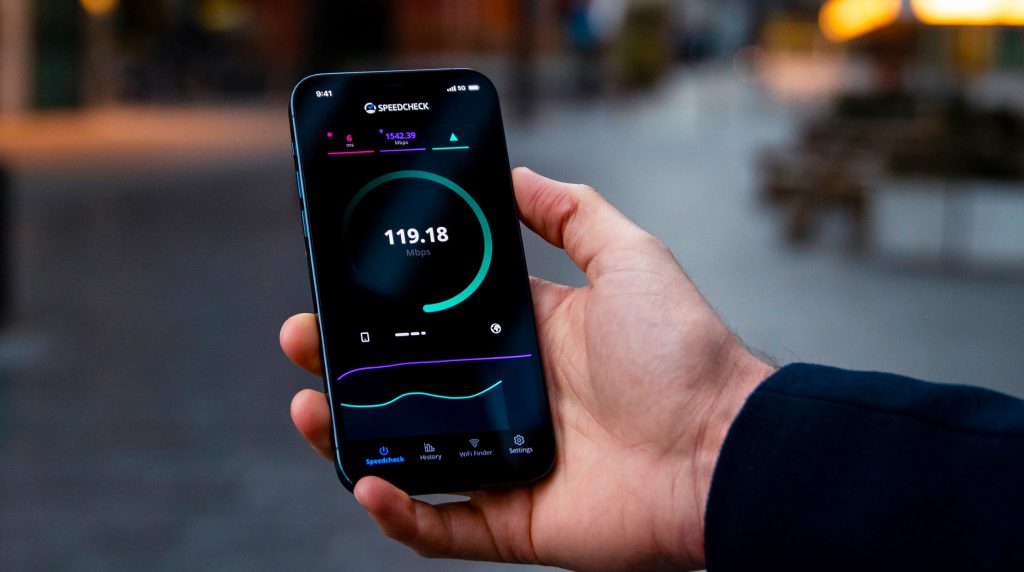Edge Computing
What is Edge Computing?
Edge computing is an IT architecture that has distributed framework and brings computing resources from clouds and data centers proximate to the source as feasible. Edge computing’s primary purpose is to minimize latency requirements while processing data and reducing network expenses.
There are examples of edge devices, including routers, ISP, routing switches, integrated access devices (IADs), and multiplexers. are examples of edge devices.
Edge computing has evolved as one of the most efficient solutions to the networking challenges connected with the transportation of vast amounts of data and information. Edge computing enables multiple devices to work over a much lower and more effective bandwidth by placing the data servers where data is created.
What are the business benefits of Edge Computing?
Identified by telecoms operators as a major opportunity for new services and revenues, particularly when used in conjunction with 5G.
CSPs are looking at 5G edge computing as a good opportunity to leverage their existing assets and resources to innovate and move up the value chain.
Edge computing supports artificial intelligence and machine learning applications.
Related Content
Contact us
(*) Asterisk denotes mandatory fields


